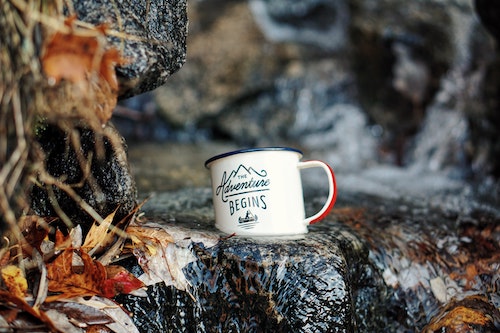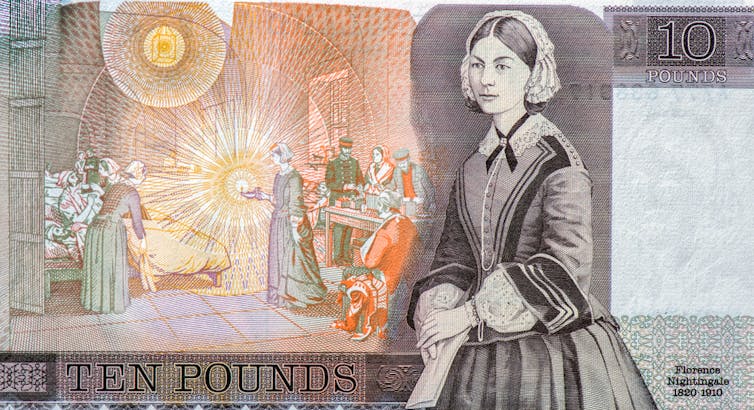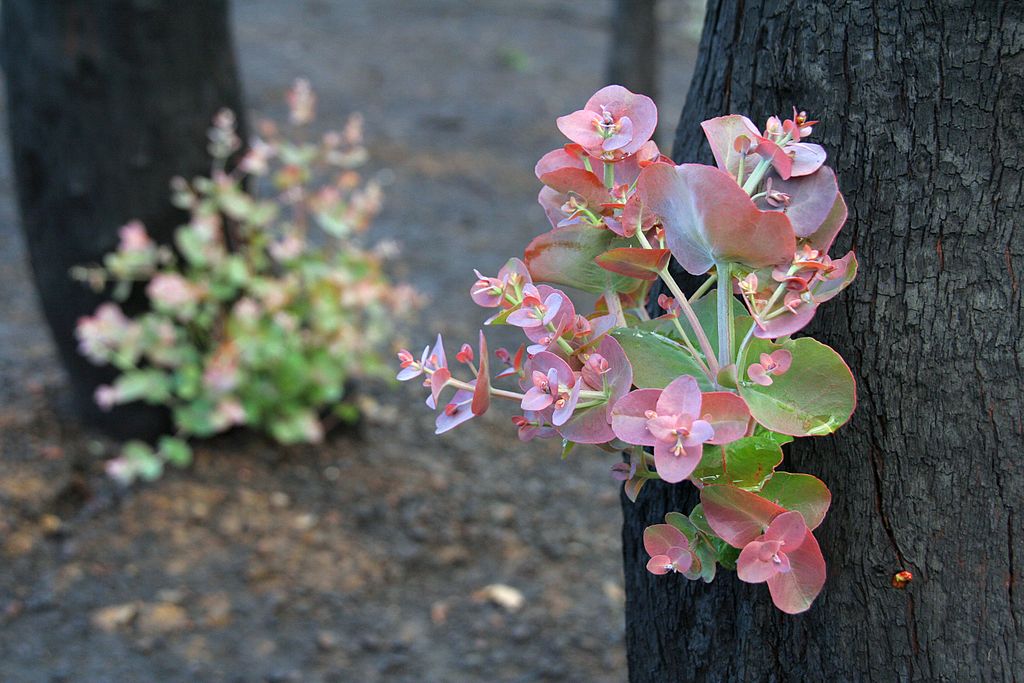.jpg)
.jpg)
 It was 1979. I was finishing a Dip Ed at Sydney Teachers College after briefly considering an Honours Year at Uni of NSW. Spending a year making thin sections of eucalyptus flower buds and researching their morphology under an electron microscope would be interesting enough. Cell biology at the time was as illuminating as as it was elucidating. The first DNA sequencers had come on line at my university and the prospect that these enigmatic molecules would yield up the secrets of their genetic code was tantilising. But I had more pressing matters. My inner world was in turmoil, wracked by fear and a religious melancholy I could not shake.
It was 1979. I was finishing a Dip Ed at Sydney Teachers College after briefly considering an Honours Year at Uni of NSW. Spending a year making thin sections of eucalyptus flower buds and researching their morphology under an electron microscope would be interesting enough. Cell biology at the time was as illuminating as as it was elucidating. The first DNA sequencers had come on line at my university and the prospect that these enigmatic molecules would yield up the secrets of their genetic code was tantilising. But I had more pressing matters. My inner world was in turmoil, wracked by fear and a religious melancholy I could not shake.
* * *

Judith Godden, University of Sydney

Storytelling is much more than having a good idea. Yet many people don’t think of themselves as storytellers because they lack confidence in their creativity. They think that their story ideas aren’t good enough. And that is where they are mistaken.
We are all storytellers. Everyday we tell stories. Much of the time we think in story as well, the stories we tell ourselves.
I’ve been thinking about the movie. ‘Groundhog Day’ of late. It’s based on the concept of a character who has to repeat the same experience every day over and over. There’s still currency in that idea today. Things keep getting worse for Phil Connors. He feels himself a victim of circumstance. His life continues to deteriorate until finally he lets go of the chip on his shoulder and begins the long journey of becoming the best person he can be.
Read moreWhen I visited Mossman State School to demonstrate the Kuku Yalanji eBook we've been working on I was overwhelmed by the enthusiasm and feedback. My visit coincided with the launch of the Kuku Yalanji Advisory Group initiative a couple of days later. It attended by the school community, advisory group members and representatives of Queensland Department of Education.
The ebook uses the story of Kubirri that is embedded in the mountain peak overlooking Mossman Gorge and the surrounding area as an interactive narrative told by a Kuku Yalanji elder. It's an introduction for beginning students of Kuku Yalanji language. The resource is designed for class lessons using an interactive whiteboard or individual learning on tablet or computer. It was especially valuable to have the insight and feedback from teachers to refine the first version and to help plan the roadmap for future ones.
While at the school I recorded the prepies singing: "Heads, shoulders, knees and toes" or rather "Dukul, binda, bungku, durra" for the ebook. Shutting the air-con down to eliminate background noise for the recording took a little time and I marvelled at the the skill these five and six year olds had in manipulating both English as well as Kuku Yalanji in their morning class. It is a precious time inter education. Also important to cultural learning and included in the ebook are the family relationship names which in many communities are used in preference to first names, reinforcing relationships between community members. These names also give insight into the thinking that binds community together and how relationships and their names cycle through the generations. These subtleties only come through learning language and are lost in English.
Read more